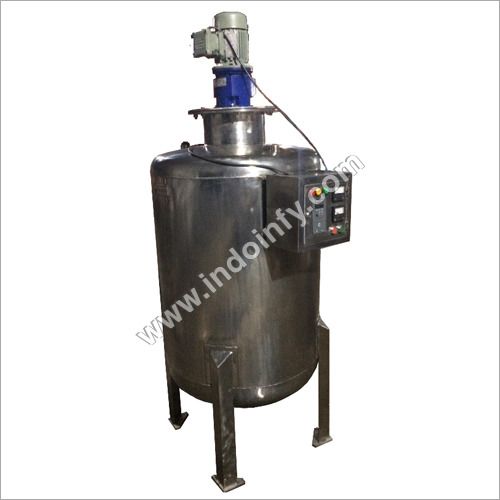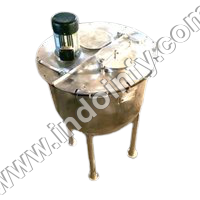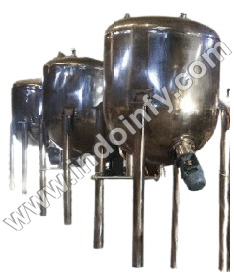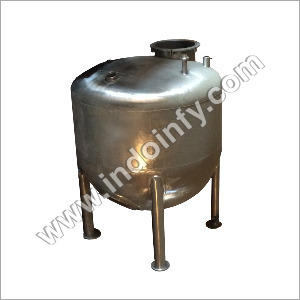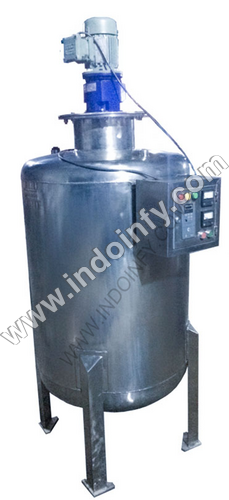
Mixing Vessel
Product Details:
- Product Type Mixing Vessel
- General Use Industrial
- Material Stainless Steel
- Computerized No
- Automatic No
- PLC Control No
- Packaging Material Metal
- Click to view more
Mixing Vessel Price And Quantity
- 1 Unit
- 355750.0 INR/Unit
Mixing Vessel Product Specifications
- No
- Silver
- Metal
- Mixing Vessel
- No
- Industrial
- No
- Stainless Steel
Mixing Vessel Trade Information
- Cash Advance (CA) Cash in Advance (CID) Cheque Telegraphic Transfer (T/T) Western Union
- North India
Product Description
A mixing vessel is a type of container used in various industries to combine, blend, or agitate different substances (like liquids, gases, or solids) to create a uniform mixture. Mixing vessels are essential in processes like chemical manufacturing, food and beverage production, pharmaceuticals, and even wastewater treatment.
Here are some important aspects of mixing vessels:
Key Features of Mixing Vessels:
1. Design and Shape
- Mixing vessels can come in various shapes, but cylindrical or cone-shaped vessels are the most common, as they allow for better mixing and flow of materials.
- They may be horizontal or vertical depending on the specific mixing requirements.
2. Agitators and Blenders
- Mixing vessels often have built-in agitators (also called mixers or blades), which help stir or shake the contents to achieve a homogeneous mixture.
- The agitator could be a paddle, impeller, turbine, or other types of mixing blades, depending on the desired effect (e.g., gentle stirring vs. intense mixing).
3. Material of Construction
- Mixing vessels are made from a range of materials, including stainless steel (most common due to corrosion resistance), glass, and even specialized plastics, depending on the materials being mixed and the type of reactions involved.
4. Applications
- Chemical Processing For blending chemicals, solvents, or creating emulsions.
- Pharmaceuticals For producing homogenous drug formulations.
- Food & Beverage For mixing ingredients, such as dough, sauces, or beverages.
- Water Treatment For adding chemicals (like chlorine) to water.
5. Heating or Cooling
- Some mixing vessels are designed with jackets or coils for temperature control (either heating or cooling), which is important in processes that involve exothermic or endothermic reactions.
6. Pressure and Volume
- Mixing vessels can be designed to handle varying levels of pressure and volume. Larger vessels are typically used for industrial-scale operations, while smaller vessels are used in laboratory or pilot-scale work.
Types of Mixing Vessels:
1. Batch Mixing Vessels Used for processing a discrete amount of materials at a time, suitable for smaller, limited quantities or when different formulations are needed.
2. Continuous Mixing Vessels Designed for ongoing mixing processes, where materials are continuously fed in and out, often used in large-scale operations.
Mixing vessels can also be equipped with additional features like flow meters, level sensors, and pressure gauges for better control and monitoring of the mixing process.
Are you considering a specific application for mixing vessels, or do you need more details about their design and function for a certain process?

Price:
- 50
- 100
- 200
- 250
- 500
- 1000+



